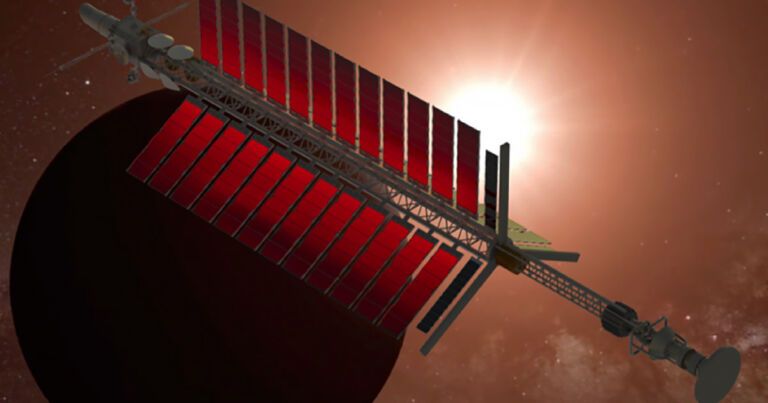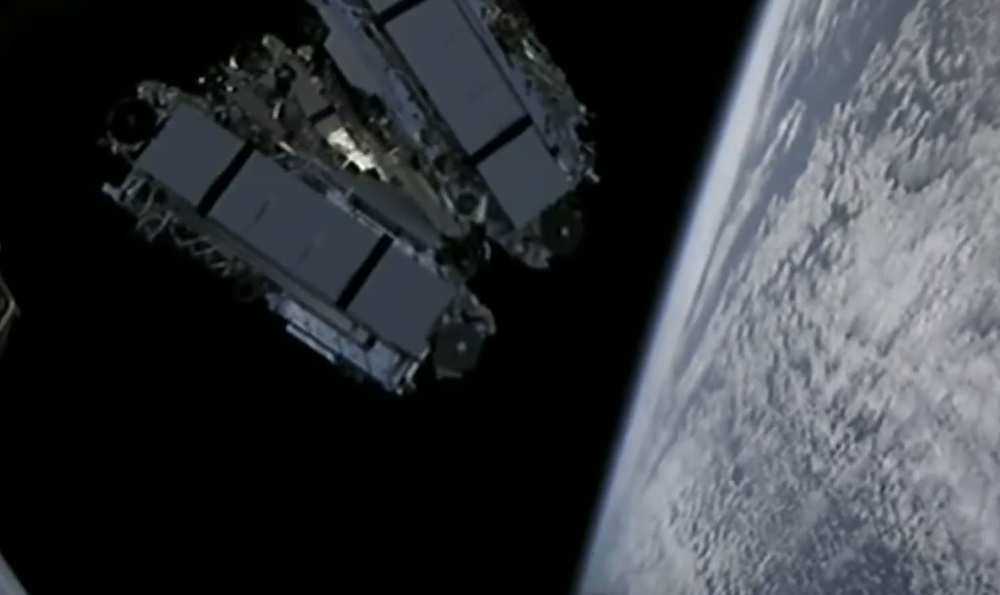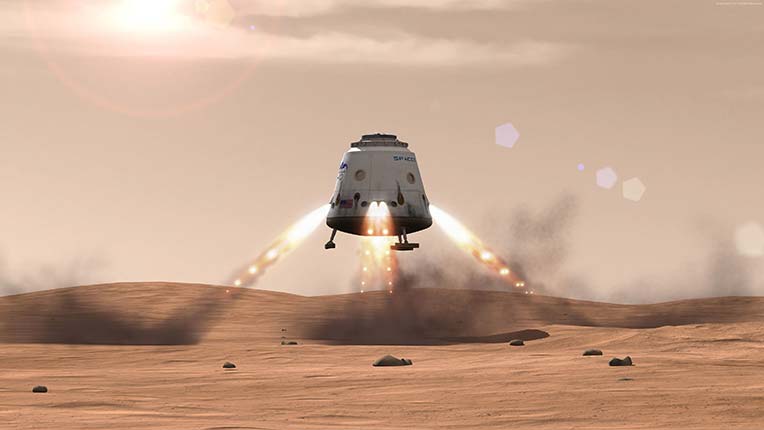Bell Helicopter showed its vision for airborne mobility, essentially an air taxi passengers could summon like an Uber, at CES 2018.



The company rolled out the first of them for the U.S. on Thursday, a plug-in rechargeable Wrangler to go on sale in America, Europe and China early next year.
The Wrangler 4xe can go 25 miles (40 kilometers) on electricity before a 2-liter turbocharged four-cylinder engine takes over. Drivers can choose to have an engine-powered generator recharge the batteries (at a higher fuel consumption rate), although it would take about 2.5 hours at 45 to 55 mph (72.4 to 88.5 kilometers per hour) to fully replenish them.
A big driver of the new offerings is FCA’s obligation to meet fuel economy and pollution regulations in Europe, China, and the U.S. or face stiff fines or steep costs to buy electric vehicle credits from companies like Tesla.


“I was shocked at the huge increase in measured force,” Hal Fearn, close collaborator and physicist at California State University, Fullerton, told Wired.
Yet other researchers are still skeptical of the novel device.
“I’d say there’s between a 1-in-10 and 1-in-10,000,000 chance that it’s real, and probably toward the higher end of that spectrum,” Mike McDonald, an aerospace engineer at the Naval Research Laboratory in Maryland, told the magazine.

The giant Waltham, Massachusetts-based defense contractor (NYSE: RTX) is hiring to fill 200 open positions in Aurora, where Raytheon already employs 2,500 people.
Depending on how fast Raytheon finds candidates, the number of open jobs could rise because of the company’s growth, said Sullivan, the business’ top local executive. Raytheon last year expected to increase its workforce in Aurora by 400 to 500 positions by 2024.

Scientists have developed the most accurate computing method to date to reconstruct the patchwork of genetic faults within tumors and their history during disease development, in new research funded by Cancer Research UK and published in Nature Genetics.
Their powerful approach combines artificial intelligence with the mathematical models of Charles Darwin’s theory of evolution to analyze genetic data more accurately than ever before, paving the way for a fundamental shift in how cancer’s genetic diversity is used to deliver tailored treatments to patients.
Applying these new algorithms to DNA data taken from patient samples revealed that tumors had a simpler genetic structure than previously thought. The algorithms showed that tumors had fewer distinct subpopulations of cells, called “subclones,” than previously suggested. The scientists, based at The Institute of Cancer Research, London, and Queen Mary University of London, could also tell how old each subclone was and how fast it was growing.

SpaceX gave an update on early tests of its Starlink satellite internet network, which showed speeds capable of playing online video games and streaming movies.
Starlink is the ambitious plan by Elon Musk’s company to build an interconnected network of about 12,000 small satellites in low Earth orbit. To date, SpaceX has launched about 650 of its version 1.0 satellites and is currently building a system of ground stations and user terminals to connect consumers directly to its network.
The company confirmed during the webcast of its latest launch on Monday that employees have been testing Starlink’s latency and download speeds, key measures for an internet service provider. SpaceX senior certification engineer Kate Tice said that the initial results of those tests “have been good.”


Thanks to Amazon’s success, CEO Jeff Bezos is the richest person in the world, worth $207 billion, according to the Bloomberg Billionaires Index.
But when he started Amazon as an online bookseller in 1994, Bezos thought it was likely that his business would fail.
“I thought there was a 30% chance that we might build a successful company,” Bezos told John Stofflet in an interview for KING-TVs “Evening Magazine” in 2000. “I never thought we’d build what Amazon has turned into, and I’m the most surprised on the planet.”

Over the last 12,000 years or so, human civilization has noticeably reshaped the Earth’s surface. But changes on our own planet will likely pale in comparison when humans settle on other celestial bodies. While many of the changes on Earth over the centuries have been related to food production, by way of agriculture, changes on other worlds will result, not only from the need for on-site production of food, but also for all other consumables, including air.
As vital as synthetic biology will be to the early piloted missions to Mars and voyages of exploration, it will become indispensable to establish a long-term human presence off-Earth, namely colonization. That’s because we’ve evolved over billions of years to thrive specifically in the environments provided by our home planet.
Our physiology is well-suited to Earth’s gravity and its oxygen-rich atmosphere. We also depend on Earth’s global magnetic field to shield us from intense space radiation in the form of charged particles. In comparison, Mars has only patches of localized magnetism, thought to be remnants of a global magnetic field in the distant past. Currently, the Red Planet has no global magnetic field that could trap particle radiation from interplanetary space. Also, the Martian atmosphere is so thin that any shielding against space radiation of any kind is minor compared with the protection that Earth’s atmosphere affords. At the Martian surface, atmospheric pressure never gets above 7 millibars. That’s like Earth at an altitude of about 27,000 m (89,000 ft), which is almost the edge of space. And while the moon’s proximity to Earth could make it a better location than Mars for the first off-world colony, the lunar radiation environment is similar to that of Mars.